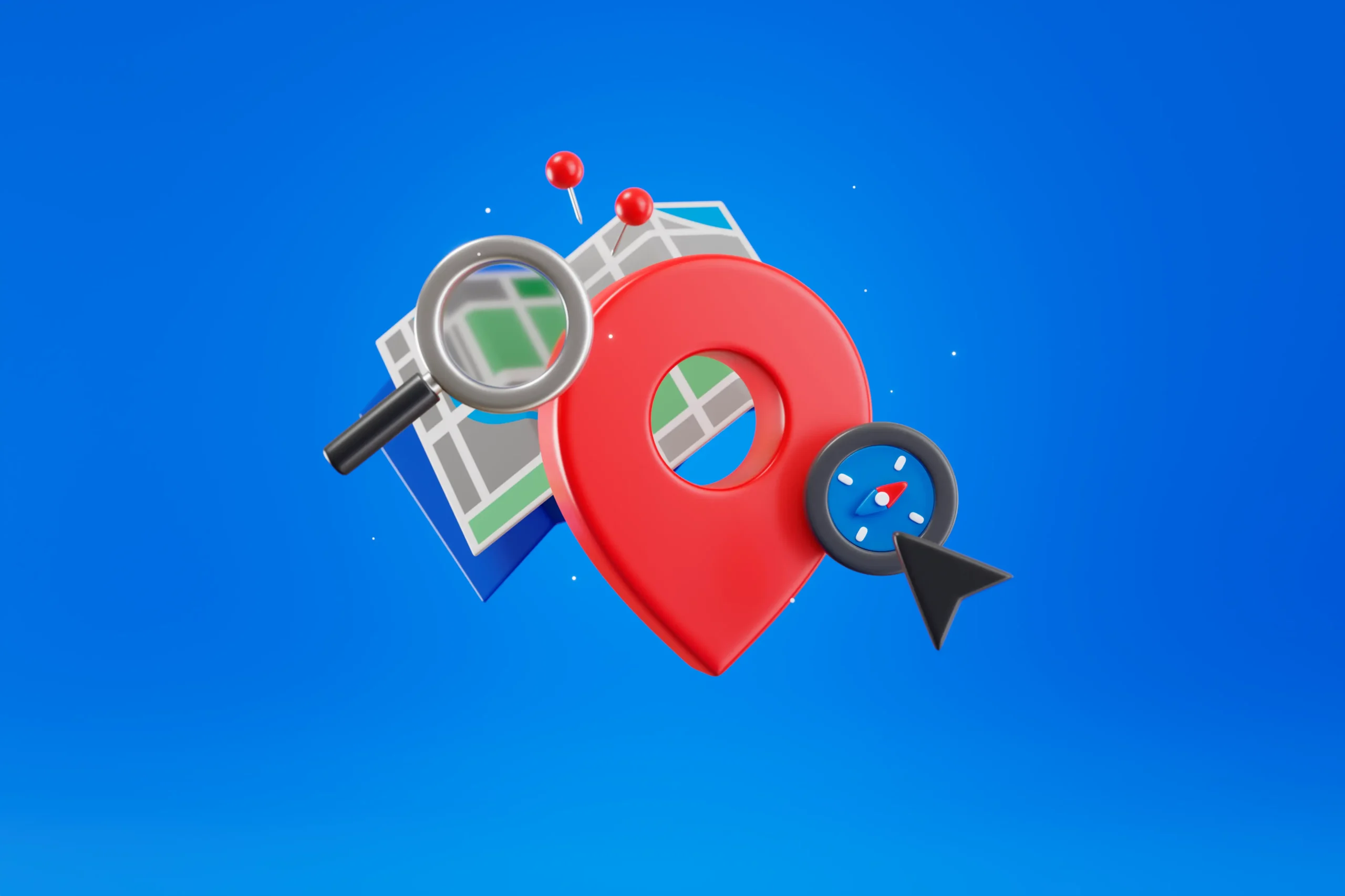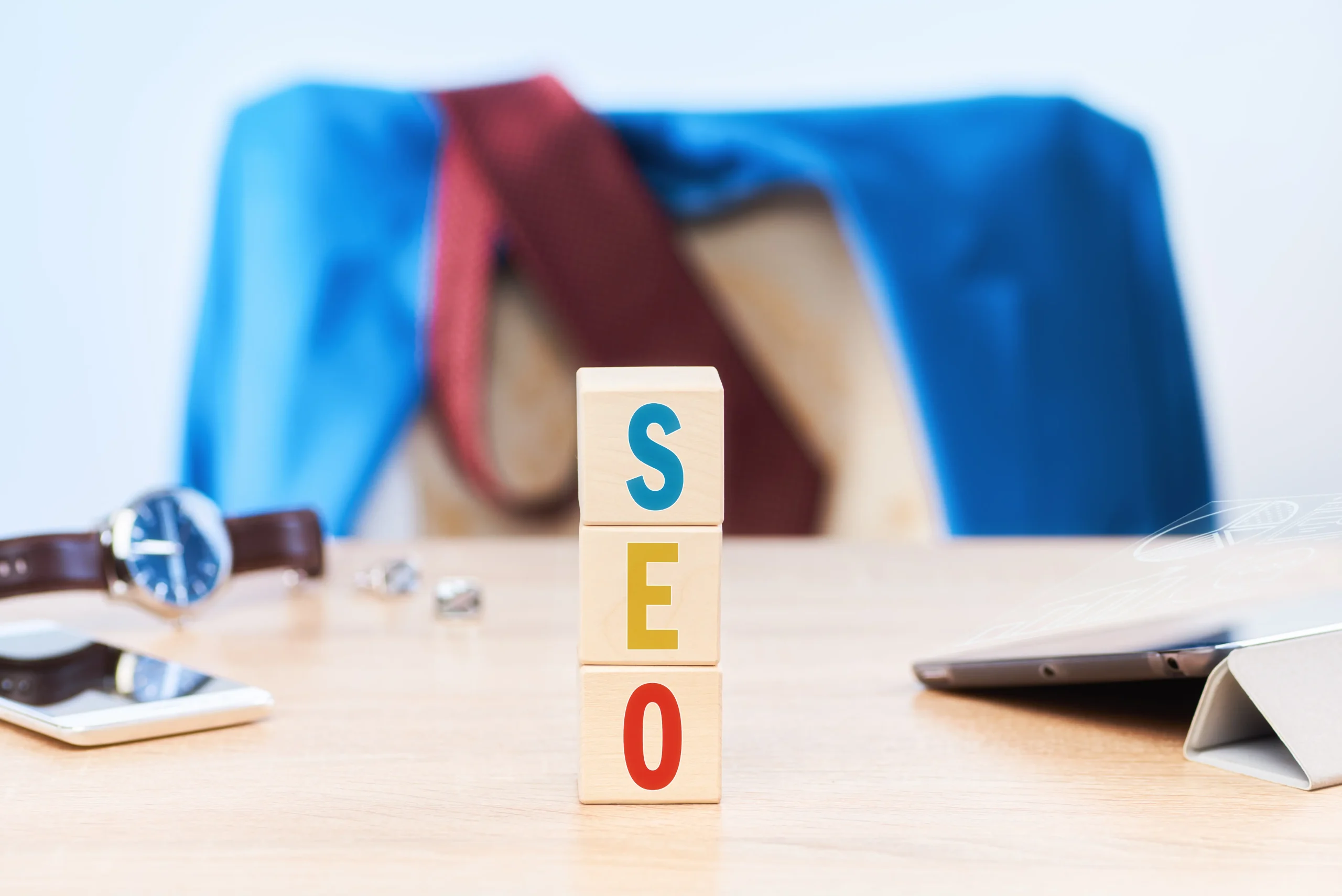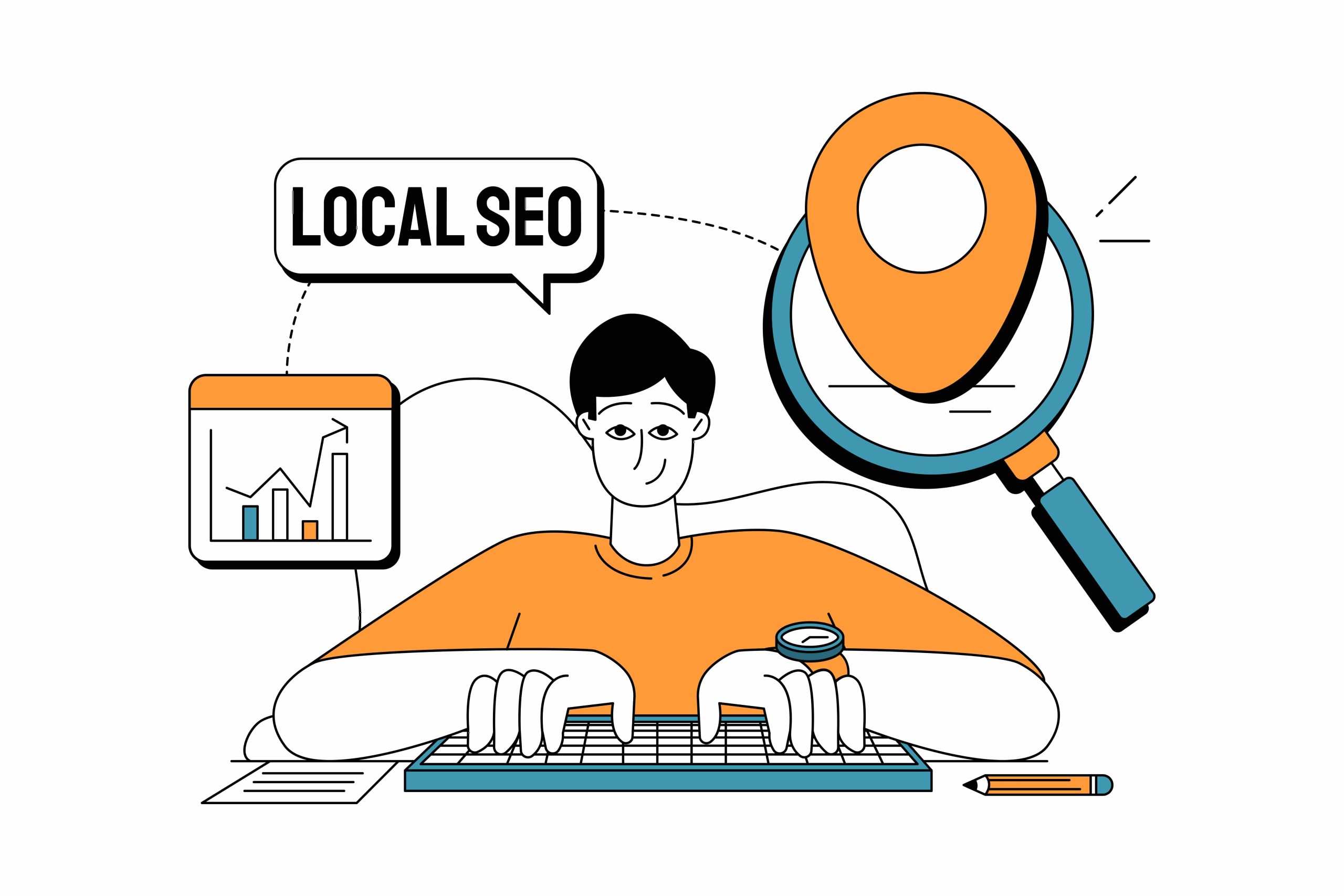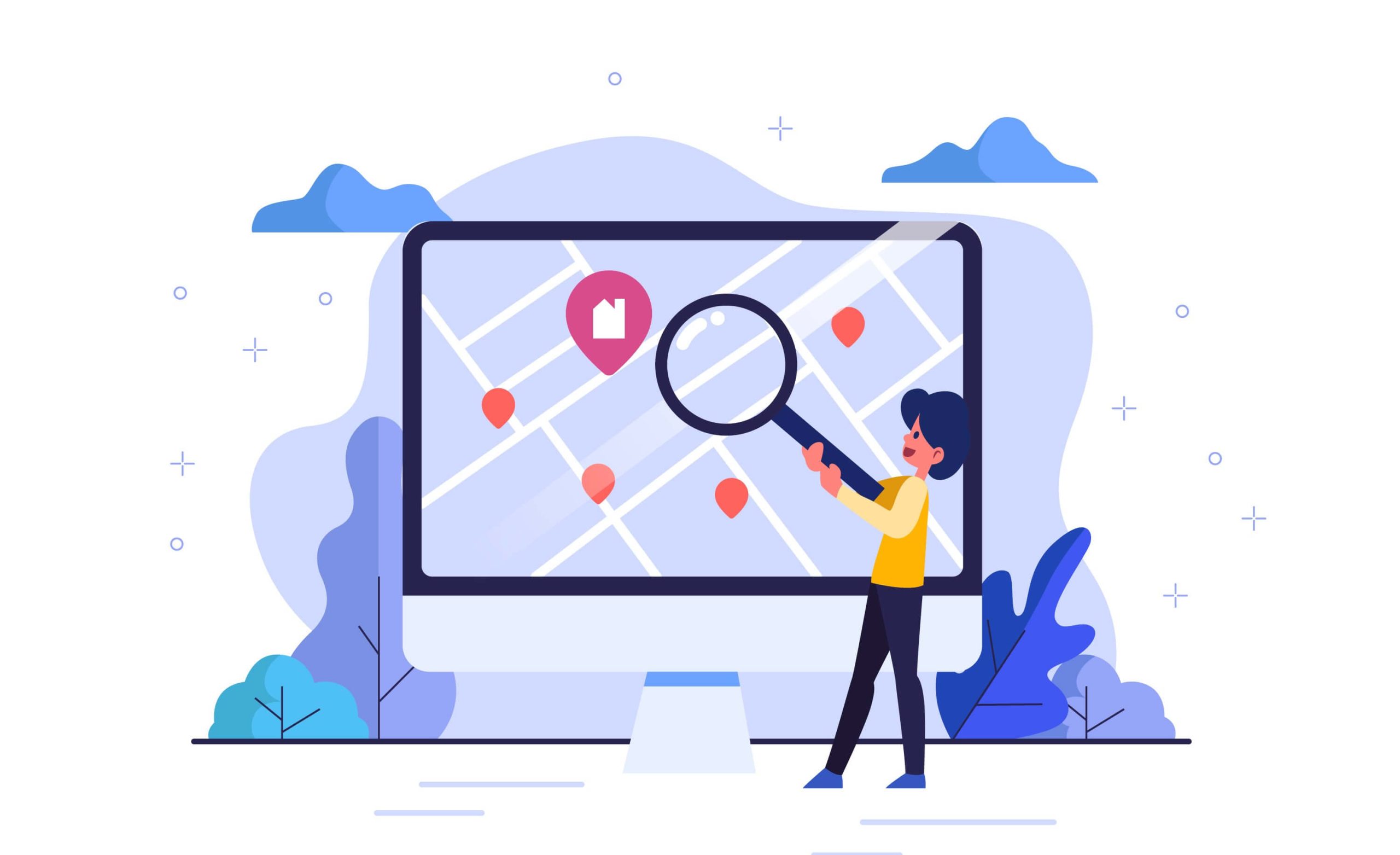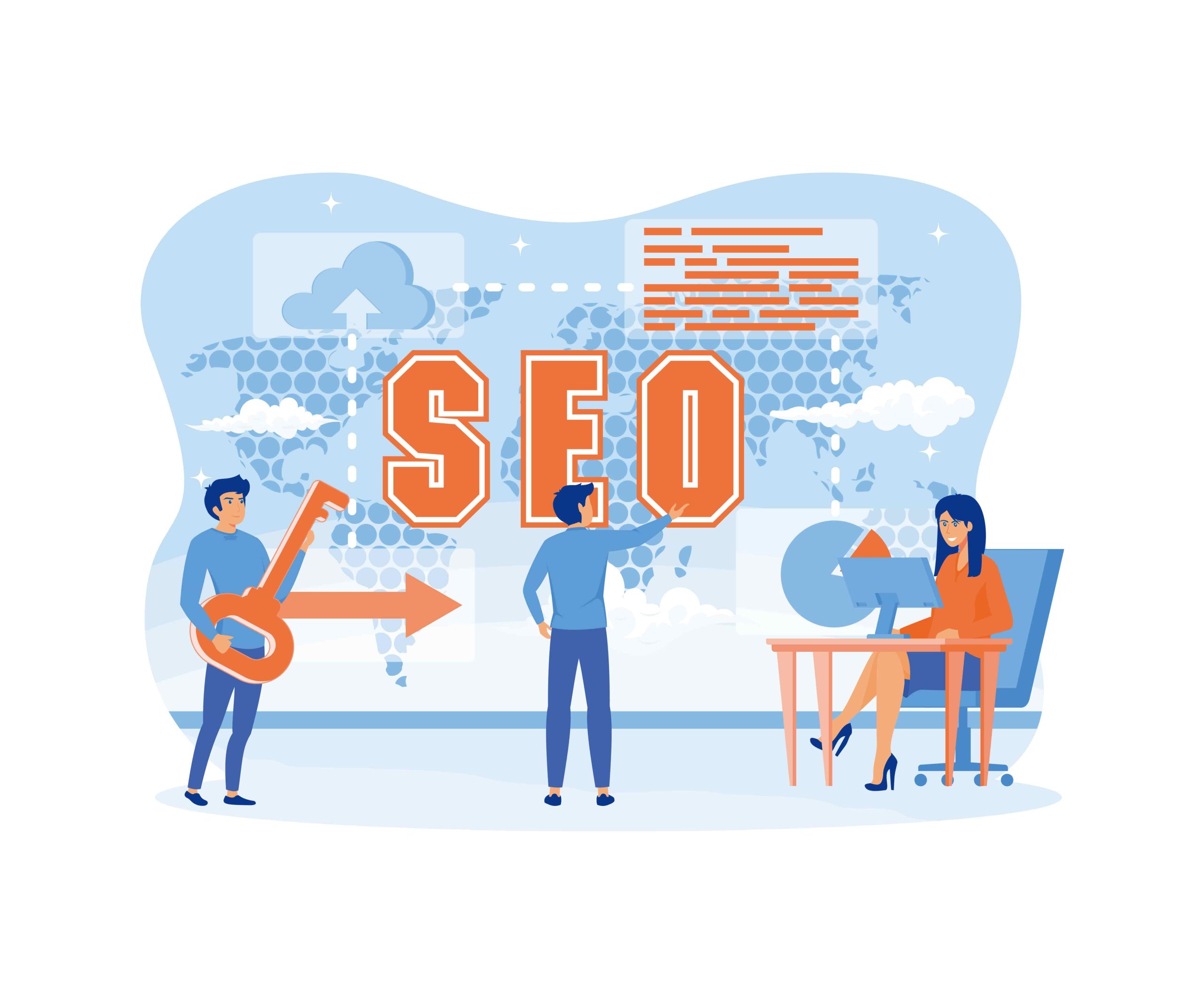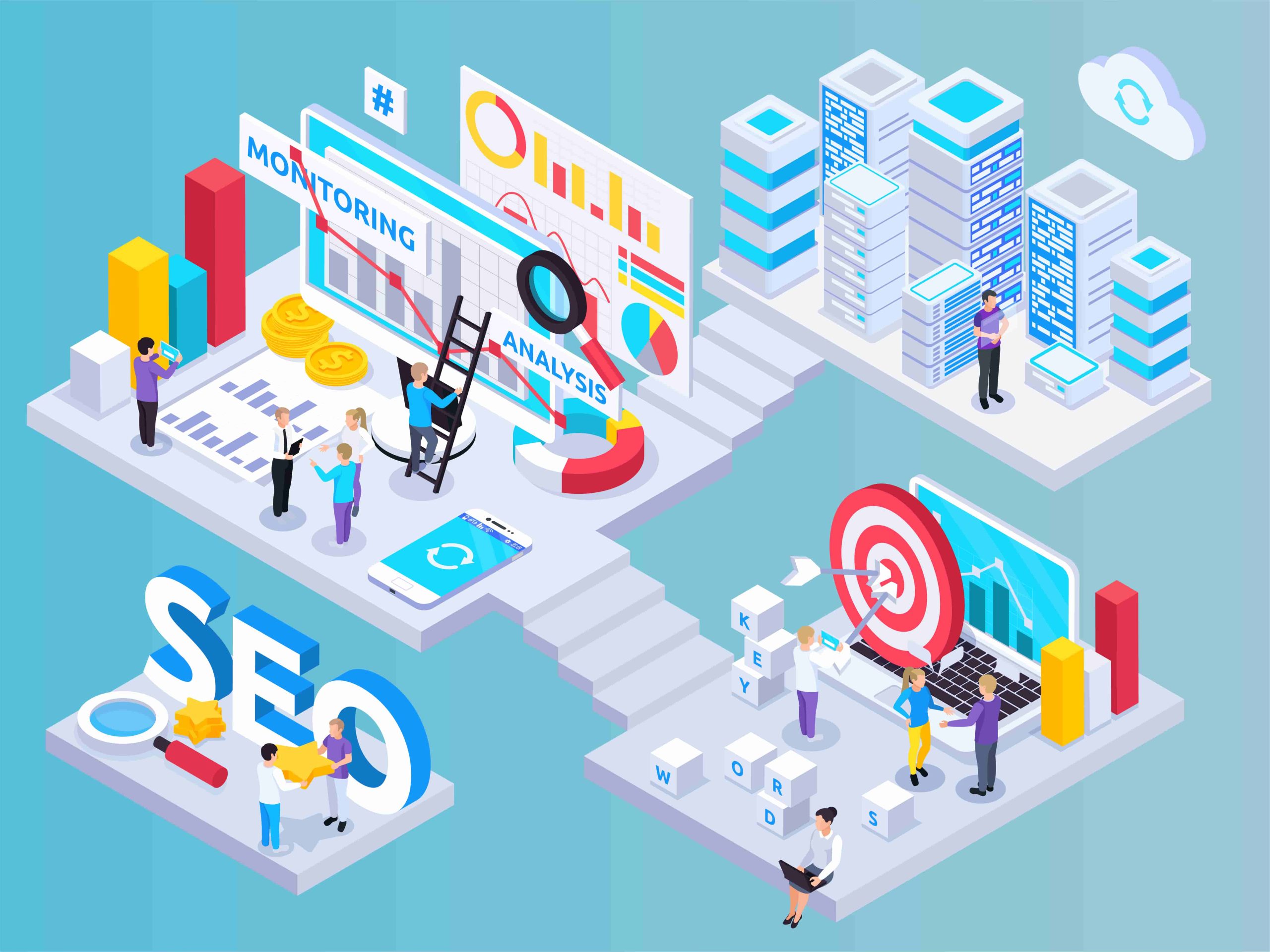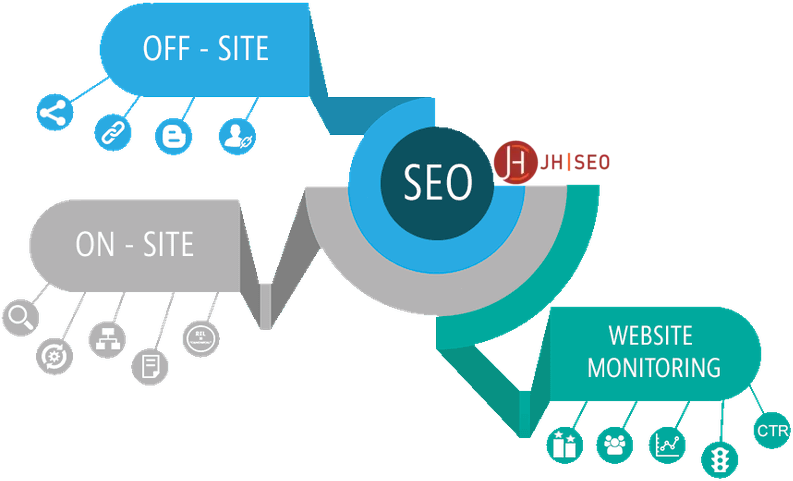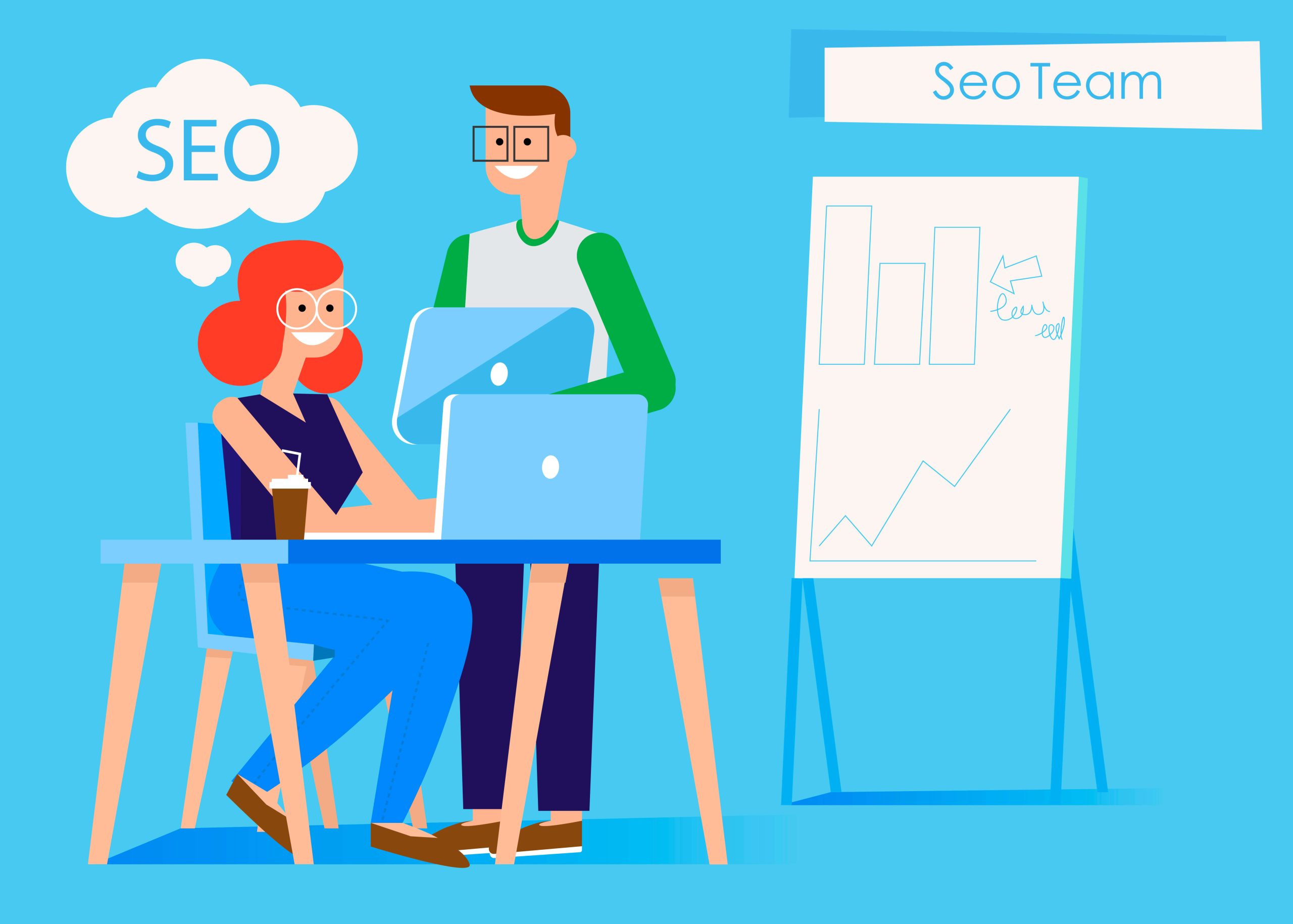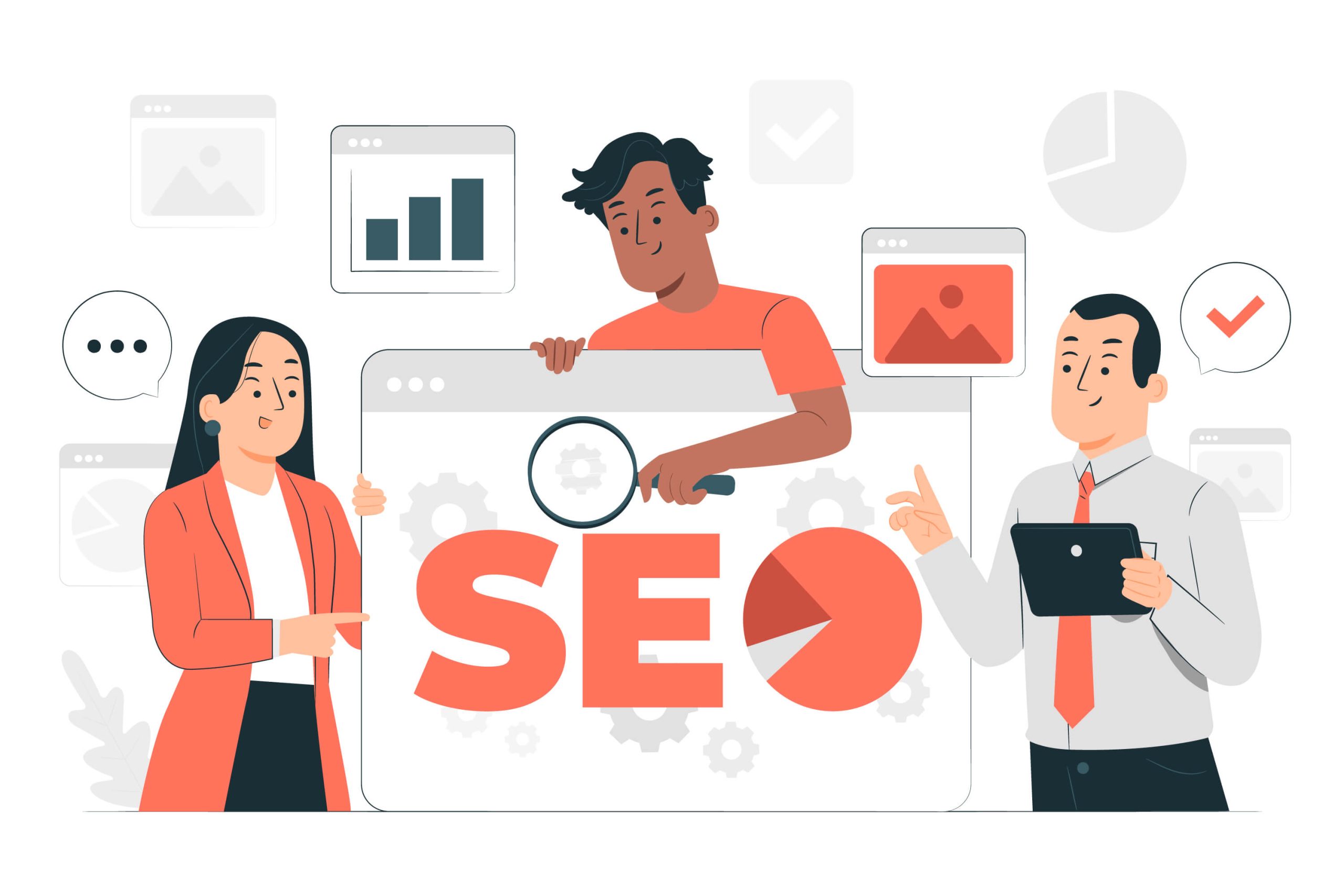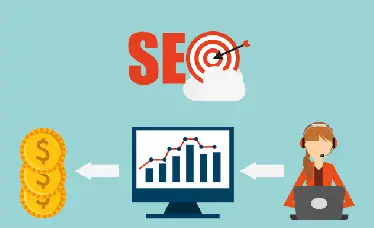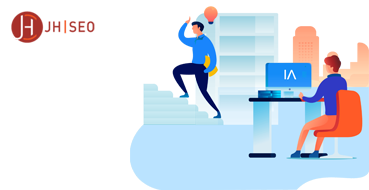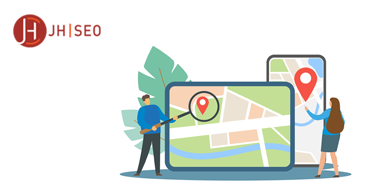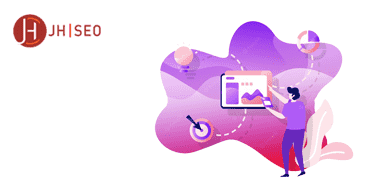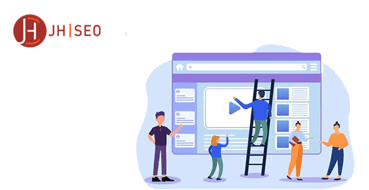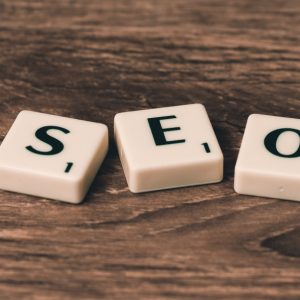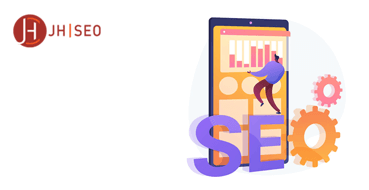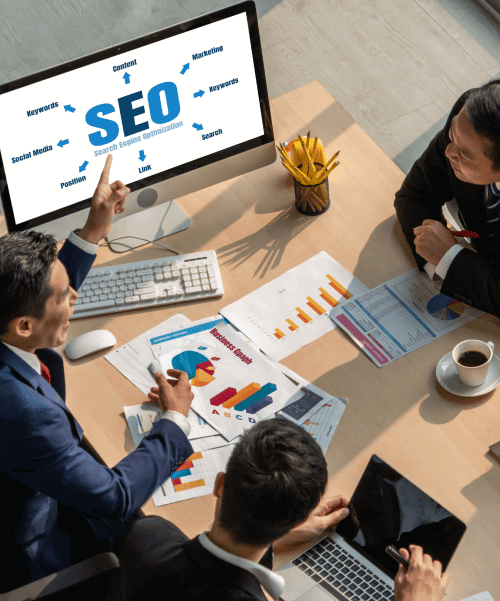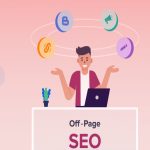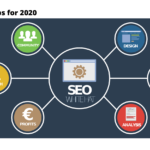In today’s digital landscape, businesses need a strong online presence to stay competitive. Digital marketing strategies play a crucial role in attracting potential customers, increasing brand visibility, and driving revenue. While various marketing tactics exist, search engine optimization (SEO) and Google Ads are two of the most prominent methods used to generate website traffic.
SEO focuses on optimizing a website to rank organically on search engine results pages (SERPs). This involves creating high-quality content, improving website structure, and building backlinks to enhance credibility and authority. On the other hand, Google Ads operates on a pay-per-click (PPC) model, allowing businesses to bid for ad placements at the top of search results. While Google Ads can deliver immediate traffic, it requires continuous spending to maintain visibility.
Relying solely on paid advertising can be a costly and short-term strategy. Once a business stops running ads, traffic and leads decline instantly. SEO, however, provides sustainable growth by establishing a strong foundation for organic search rankings. By investing in SEO, businesses can achieve long-term success, reducing dependency on paid ads and ensuring consistent online visibility.
Search Engine Optimization: What Is SEO and Why Does It Matter?
Search engine optimization (SEO) is the process of optimizing a website to improve its rankings on search engine results pages (SERPs) without relying on paid advertisements. It involves various strategies, such as optimizing website content, improving technical performance, and building high-quality backlinks. The goal of SEO is to make a website more relevant and valuable to search engines like Google, increasing its chances of appearing at the top of search results when users search for related keywords.
A well-executed SEO strategy enhances a website’s organic visibility, making it easier for potential customers to find the business online. Unlike paid ads, which provide immediate but temporary traffic, SEO builds long-term authority. Search engines prioritize websites that demonstrate expertise, trustworthiness, and relevance. By optimizing content, improving site speed, and ensuring mobile-friendliness, businesses can create a user-friendly experience that search engines reward with higher rankings.
The long-term benefits of SEO make it a powerful investment for any business. Some key advantages include:
- Sustainable Traffic: Unlike paid ads, SEO efforts continue to drive traffic even if you stop actively working on them. High-ranking pages can generate consistent visitors for months or even years.
- Cost-Effectiveness: While SEO requires an initial investment, it eliminates the need for ongoing ad spend, making it more budget-friendly in the long run.
- Increased Credibility and Trust: Users tend to trust organic search results more than paid ads, leading to higher click-through rates and stronger brand credibility.
- Competitive Advantage: Businesses that rank higher in search results gain an edge over competitors, as they attract more traffic and potential customers.
By prioritizing SEO, businesses can establish a strong online presence, reduce reliance on paid advertising, and build a sustainable digital marketing strategy for long-term success.
Google Ads: Why Paid Advertising Alone Is Not Enough
Google Ads is an online advertising platform that allows businesses to display paid advertisements at the top of search engine results pages (SERPs). It operates on a pay-per-click (PPC) model, meaning advertisers bid on keywords, and they are charged each time a user clicks on their ad. These ads appear above organic search results, giving businesses immediate visibility for their targeted keywords. Google Ads can be highly effective for generating quick traffic, especially for new businesses or time-sensitive promotions.
One of the biggest advantages of Google Ads is its ability to deliver instant results. Unlike SEO, which takes time to build organic rankings, paid ads allow businesses to appear at the top of search results almost immediately. Additionally, Google Ads offers advanced targeting options, enabling businesses to reach specific demographics, locations, and even users based on their search intent. Some key benefits of Google Ads include:
- Immediate Traffic: Ads start driving visitors to a website as soon as the campaign is launched.
- Highly Targeted Reach: Advertisers can target users based on keywords, location, device type, interests, and more.
- Measurable Performance: Google Ads provides detailed analytics, allowing businesses to track clicks, conversions, and return on investment (ROI).
- Flexible Budgeting: Businesses can set daily budgets and adjust spending based on performance.
However, relying solely on Google Ads can be an expensive and unsustainable strategy in the long run. Since it operates on a bidding system, competition for popular keywords can drive costs up significantly. Once a business stops running ads, the traffic and leads disappear instantly, unlike SEO, which continues to generate organic visitors over time. Additionally, ad fatigue can set in, meaning users may become less likely to click on ads they repeatedly see, reducing ad effectiveness.
To achieve lasting success, businesses should integrate SEO alongside Google Ads. While paid ads can provide an initial traffic boost, SEO ensures continuous organic growth, reducing the need for ongoing ad spend. By combining both strategies, businesses can maximize their visibility, lower long-term costs, and establish a strong online presence.
Search Engines: How They Rank Websites for Organic Traffic
Search engines are online tools that help users find relevant information by scanning and indexing billions of web pages. Google, Bing, and Yahoo are some of the most widely used search engines, with Google dominating the market. When a user types in a query, search engines analyze their vast database and present the most relevant results on the search engine results page (SERP). This process happens within seconds, thanks to advanced algorithms designed to deliver the best possible answers to user queries.
At the core of search engines are search engine algorithms—complex formulas that determine how websites are ranked in search results. These algorithms evaluate numerous ranking factors to decide which pages deserve the top spots. Some key ranking factors include:
- Relevance of Content: Pages that match the search intent of users are prioritized.
- Website Authority: Backlinks from reputable sources signal credibility and improve rankings.
- User Experience (UX): Mobile-friendliness, page speed, and easy navigation contribute to higher rankings.
- Keyword Optimization: Proper use of keywords in content, meta tags, and headings helps search engines understand page relevance.
Search engines prioritize high-quality, relevant content because their goal is to provide users with the most useful and trustworthy information. Websites that publish in-depth, well-researched, and regularly updated content are more likely to rank higher. Google’s algorithms, such as E-E-A-T (Experience, Expertise, Authoritativeness, and Trustworthiness), ensure that websites offering valuable insights and expertise are rewarded with better visibility.
For businesses, understanding how search engines rank websites is essential for improving organic traffic. By focusing on high-quality content, optimizing website structure, and earning authoritative backlinks, businesses can increase their chances of ranking higher and attracting more visitors without relying on paid ads.
Search Engine Results Pages (SERPs): Why SEO Secures More Clicks Than Ads
Search engine results pages (SERPs) are the pages displayed by search engines in response to a user’s query. They include a mix of different types of search results, such as paid ads, organic listings, featured snippets, local map packs, and video results. The exact layout of a SERP depends on the search intent and query type, but in most cases, Google places paid ads at the top, followed by organic search results.
A key distinction between SERP listings is the difference between organic search results and paid ad placements:
- Paid Ads: These appear at the very top of the SERP and are labeled as “Sponsored” or “Ad.” Advertisers bid on keywords, and their ranking depends on factors like bid amount, ad quality, and relevance.
- Organic Results: These are unpaid listings ranked based on relevance, authority, and user experience. Search engines determine these rankings using complex algorithms that assess website quality.
While paid ads have the advantage of prime placement, organic search results generally attract more clicks. Studies show that organic results receive significantly more user engagement than paid ads, mainly because people trust them more. Some reasons why users prefer organic results include:
- Credibility and Trust: Organic listings are perceived as more trustworthy since they earn their ranking based on quality rather than payment.
- User Awareness of Ads: Many users recognize paid ads and actively scroll past them to find organic search results.
- Sustained Visibility: Unlike ads that disappear when the budget runs out, high-ranking organic pages continue to attract traffic over time.
- Better Engagement: Organic content is often more informative and aligned with user intent, leading to longer site visits and higher conversion rates.
For businesses looking to build long-term online visibility, investing in SEO is essential. While Google Ads can provide quick exposure, SEO secures lasting credibility and sustainable traffic, making it the more effective strategy for long-term success.
Long-Term SEO vs. Short-Term Google Ads: Which Strategy Wins?
When comparing SEO and Google Ads, one of the most significant differences is cost-effectiveness. While Google Ads provide instant visibility, they require continuous investment. Every time someone clicks on an ad, the business is charged, and once the ad budget runs out, traffic stops immediately. SEO, on the other hand, requires upfront effort but becomes more cost-effective over time. Once a website ranks well organically, it can generate free traffic indefinitely without ongoing payments to Google.
The benefits of SEO compound over time, making it a more sustainable strategy. Unlike Google Ads, which only deliver results while the campaign is active, SEO efforts build momentum. Some key long-term benefits of SEO include:
- Increased Organic Traffic: As rankings improve, websites receive more consistent and high-quality visitors.
- Lower Customer Acquisition Costs: Unlike PPC, where businesses pay per click, SEO leads are acquired at no additional cost after initial optimization.
- Brand Authority and Trust: High-ranking pages establish credibility, making businesses more trustworthy in the eyes of consumers.
- Evergreen Results: Well-optimized content continues to attract traffic for months or even years.
Several businesses have demonstrated the power of SEO over time. For example, a small e-commerce brand that invested in SEO saw a 300% increase in organic traffic within a year, reducing its dependence on paid ads. Another local law firm improved its SEO rankings and began receiving consistent leads without spending thousands on Google Ads every month. These real-world cases show how businesses that prioritize SEO can achieve long-term success while minimizing advertising costs.
While Google Ads can be useful for short-term gains, SEO remains the ultimate winner for sustainable growth. A balanced approach—using ads for immediate results while investing in SEO for long-term success—ensures a business thrives both now and in the future.
SEO and Google Ads serve different purposes—Google Ads provide immediate traffic but require ongoing spending, while SEO builds long-term organic growth without continuous costs. While ads stop driving traffic once the budget runs out, SEO ensures sustainable visibility, credibility, and cost-effectiveness over time. Businesses that invest in SEO reduce reliance on paid ads, attract consistent organic leads, and strengthen their online presence. While paid ads can offer short-term results, SEO remains the key to long-term digital success and should be a core part of any marketing strategy.






















